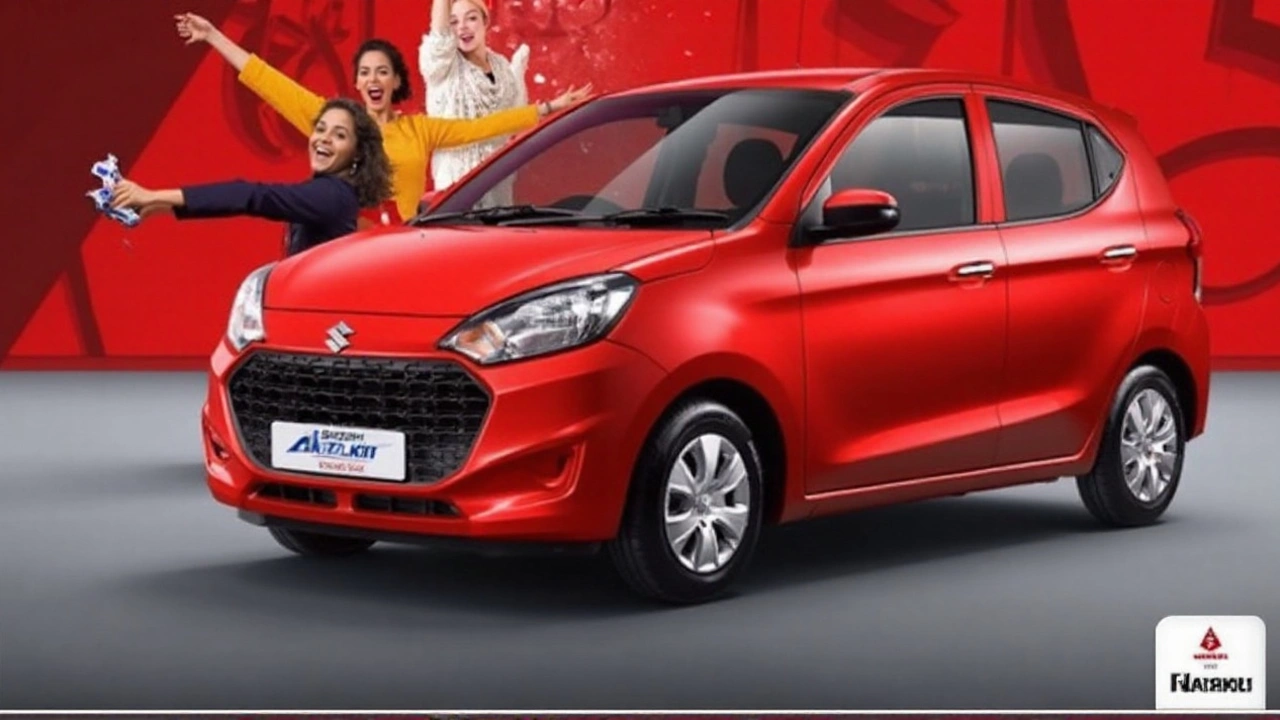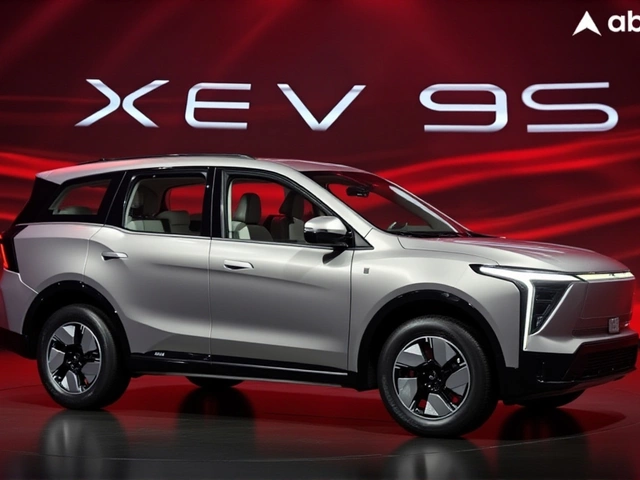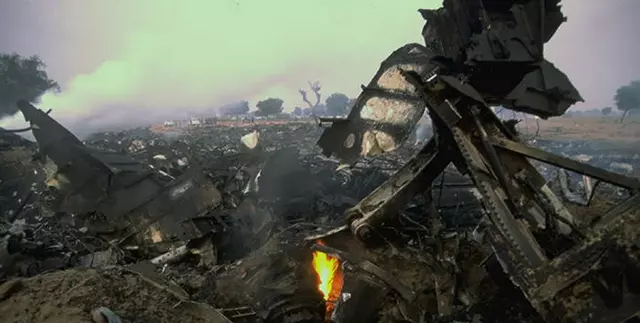BS6 Norms Explained in Plain English
If you’ve heard the term BS6 norms lately, you’re not alone. It’s the latest emission rule that the Indian government rolled out to cut down pollution. In short, BS6 is the new safety net that forces vehicle makers to make cleaner engines. Think of it as the next step after BS4, but with stricter limits on harmful gases.
Why BS6 Replaced BS4
Back in the day, BS4 was the go‑to standard, but cities kept choking on smog. Scientists showed that pollutants like NOx and PM2.5 were hurting health. The government responded by tightening the numbers. BS6 cuts NOx emissions by about 70% for diesel cars and 55% for petrol ones. That means less smog, cleaner air, and fewer health problems for everyone.
What Changes for Your Vehicle
When you buy a new car or bike built after April 2020, it will meet BS6 standards. The biggest changes under the hood are:
- Better fuel injectors that spray fuel more precisely.
- Advanced exhaust filters, especially a Diesel Particulate Filter (DPF) for diesel engines.
- Improved onboard diagnostics that alert you if something goes wrong.
These upgrades might make the vehicle a bit more expensive, but you’ll usually see better mileage and lower fuel costs over time.
For older BS4 cars, the rules are different. You can still drive them, but you’ll face higher road taxes and stricter inspection checks. Some owners choose to retrofit their vehicles with a DPF or upgrade the engine software to meet BS6 limits, though it’s not always cheap.
Another thing to note is the fuel quality. BS6 cars need cleaner fuel with lower sulphur content. Indian petrol stations have been offering BS6‑compatible fuel since 2020, so you don’t have to worry about finding the right pump.
From a buyer’s perspective, the BS6 label on a vehicle is a quick way to know it’s greener. If you’re comparing two similar models, the BS6 version will usually have lower maintenance costs because the engine runs smoother and produces less soot.
Dealers often highlight BS6 compliance in their ads. Look for the BS6 badge on the car’s front grille or on the specification sheet. If you’re not sure, just ask the salesperson to show you the emission certification.
In everyday use, you’ll notice that a BS6 car starts more quietly and feels more responsive. The engine control unit (ECU) is tuned to keep emissions low without sacrificing power, so you still get the performance you expect.
Finally, the environmental impact is huge. With millions of vehicles on Indian roads, even a small drop in emissions adds up. BS6 norms are the government’s way of pushing the market toward greener technology, and they’re already helping to improve air quality in big cities like Delhi and Mumbai.
So whether you’re buying a new ride, keeping an older one, or just curious about the buzz, understanding BS6 norms gives you a clear picture of what’s changing on the roads and why it matters for your health and wallet.

Maruti Suzuki raised prices three times in 2025—January, February, and April—citing higher input costs and tighter regulations. Hikes reached up to 4% or Rs 32,500 depending on the model, covering both Arena and Nexa lineups. Hyundai and Mahindra also increased prices, pointing to industry-wide pressure from raw materials, safety tech, and emission norms.
Continue Reading




